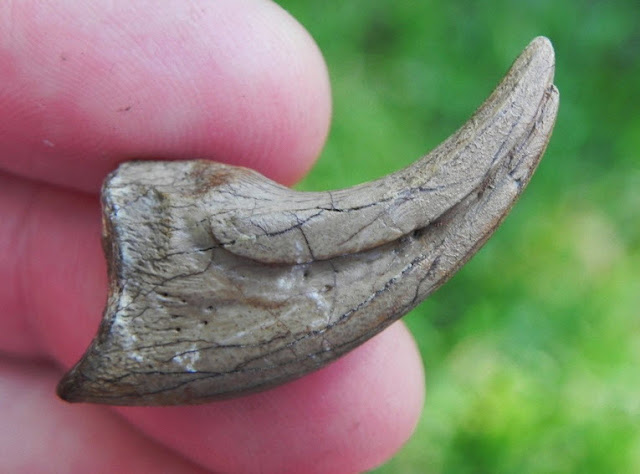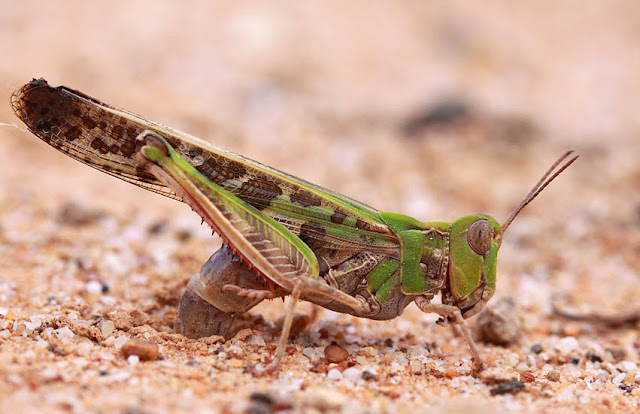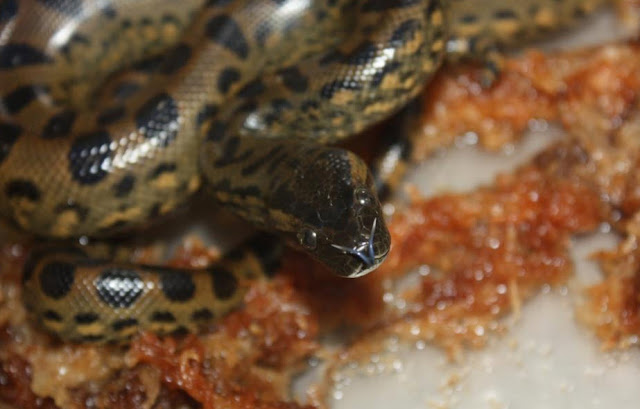The Life of Animals | Troodon | Troodon dinosaurs were small, up to 2.4 meters (7.9 feet) in length and up to 50 kg (110 lb) in weight. Troodon includes the largest known troodontids. Troodon had some of the largest known group of dinosaurs, in relation to its body mass (comparable to modern birds) brains. A brain to another Troodon volume ratio was 31.5% to 63% in the form of a reptile a bird action nonavian Real. Troodon had Crista support eardrums, that at least in their own regions dorsal and ventral ossified cartilage remaining sensitive parts of Troodon receive metotic The leg was "laterally hypertrophied." The type of sample Troodon has caused classification problems, because the whole genre is based on a single tooth of the Judith River Formation. Troodon tooth was like "lacertilian" (lizard), sorted by Leidy, but reassigned as 1901 Nopcsa megalosaurid dinosaurs (Megalosauridae were past'm a taxon for most carnivorous dinosaurs). In 1924, Gilmore suggested that the tooth belonged Pachycephalosaur and Stegoceras Stegoceras herbivores was actually a junior synonym of Troodon (the similarity of the troodontid teeth of herbivorous dinosaurs continues to lead many paleontologists believe that these animals are omnivores).
In 1945, Charles Mortram Sternberg rejected the possibility that Troodon was Pachycephalosaur because of its resemblance to the teeth of other carnivorous dinosaurs. With Troodon now classified as a carnivore, Troodontidae the family is no longer used to hold the mushrooms dinosaurs, so Sternberg appointed a new family for their Pachycephalosauridae. Sternberg initially classified as family Stenonychosaurus Coeluridae. Later, Sternberg suggested in 1951 that the Stenonychosaurus had a "very special PES" and Troodon "equally unusual teeth" are closely linked. With Saurornithoides Saurornithoididae Family Foundation. Inequalis Stenonychosaurus reclassified grow and Pectinodon Polyodontosaurus bakkeri as junior synonyms of Troodon Formosus. Currie was also a junior synonym of Saurornithoididae Troodontidae. In 1988, Gregory S. Paul continued and generally Saurornithoides mongoliensis Troodon as T. Currie Classification troodontid all devices in North America only species Troodon formosus has been widely adopted by other paleontologists, and has invited all samples once Stenonychosaurus as Troodon in the scientific literature of the early 21 century reported.
In 1991, George Olshevsky Lance formation fossils, which was originally called Pectinodon bakkeri but also subsequently assigned to Troodon Troodon formosus bakkeri species and some others (including Currie) on its fleet of different dinosaur fossils as Troodon inequalis (ex Stenonychosaurus) Training maintain. From the holotype of T. Formoso is a single tooth, which can make a nomenclature Troodon dubium. Troodon Judith River Formation and the upper Two Medicine formation of Montana known. Judith River Group of Alberta, the Horseshoe Canyon Formation of Alberta and Prince Creek Formation of Alaska There is some evidence that Troodon prefer colder climates, since it seems particularly abundant in the north and the Arctic and also during colder intervals. A possible early Maastrichtian Troodon teeth is in the bottom of the Javelina Formation of Texas and member of the Kirtland Formation of New Mexico Naashoibito.
Dinosaur eggs and nests were discovered by John R. Horner in 1983 in Montana Two Medicine Formation. Horner (1984) found bones and partial skeletons closely hypsilophodont Orodromeus nests in the same horizon isolated and described the eggs as Orodromeus Horner and Weishampel (1996) re-examine the embryos in eggs obtained and were found not Troodon Orodromeus. Varricchio et al. (1997) took this decision with more certainty when they described a partial skeleton of a Troödon adult (MOR 748) in contact with a clutch of five eggs (MOR 750) in a position likely hatching Varricchio et al. (1997) describe the exact structure Troödon nests. Fuller nests were between 16 (minimum 246 MOR) and 24 (MOR 963) eggs. Varricchio et al. (1997) was insufficient evidence to draw several nests Troodon reproductive biology infer characteristics. Crocodiles lay many eggs that are small compared to the size of the adult body. The birds lay fewer eggs larger. Troodon was intermediate, lay an egg about 0.5 kg for a 50 kg adult. This is 10 times more than the reptiles of the same mass, but two Troodon eggs amounted to about 1.1 kg of eggs of a bird of 50 kg. MOR 363 was 22 empty eggs (hatched) and embryos in the eggs of MOR 246 were found, are in development are very similar, which means that all young hatched simultaneously. The authors estimated 45-65 days total adult nest attendance for laying, incubation and hatching.
Varricchio et al. (2008) examined the bone histology of Troodon specimen MOR 748 and found that he had no reason to bone resorption may indicate that it was a female egg. They also measured the relationship between the total volume of eggs in Troodon clutches of body weight in adults. Use graphically the correlation between this index and the type of parenting strategies birds and crocodiles there and found that the proportion of Troodon compatible with those of the birds, where only adult male incubates the eggs was. They concluded that women Troodon probably not the hatching of eggs, men have done, and this can be shared between dinosaurs and basal birds maniraptoran characters.
Find The Life of Animals








































